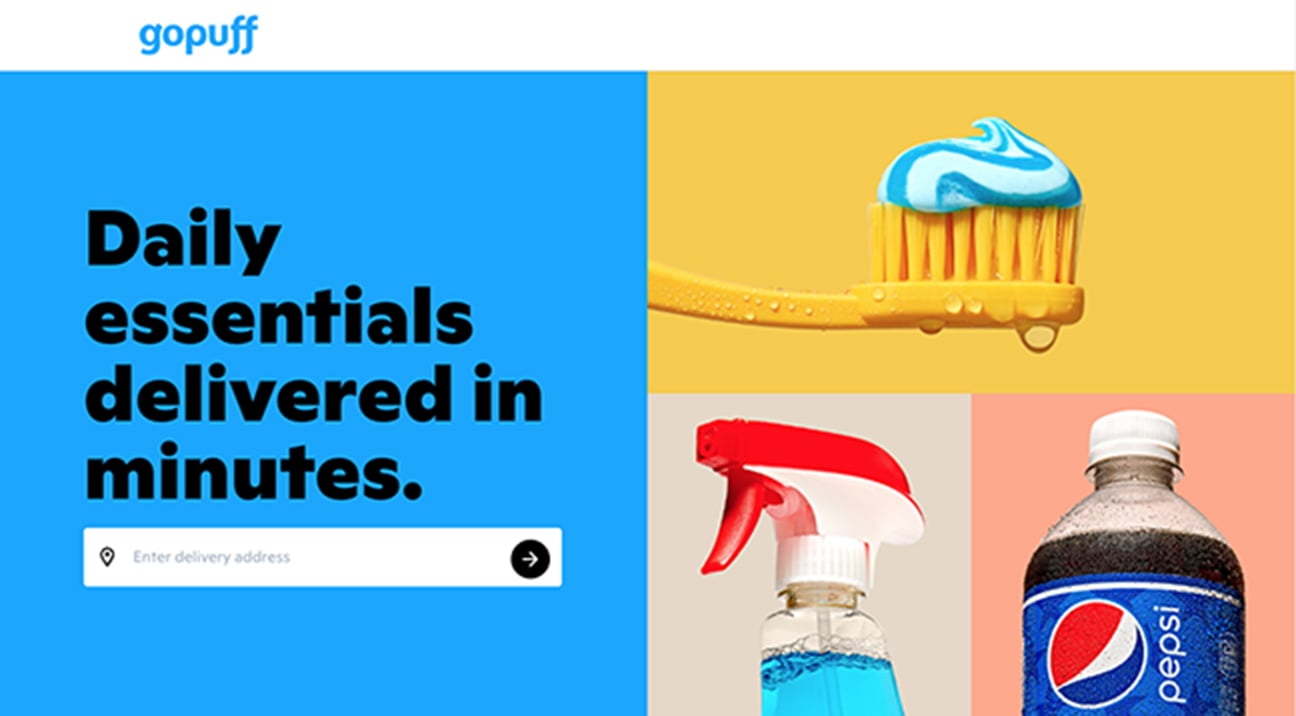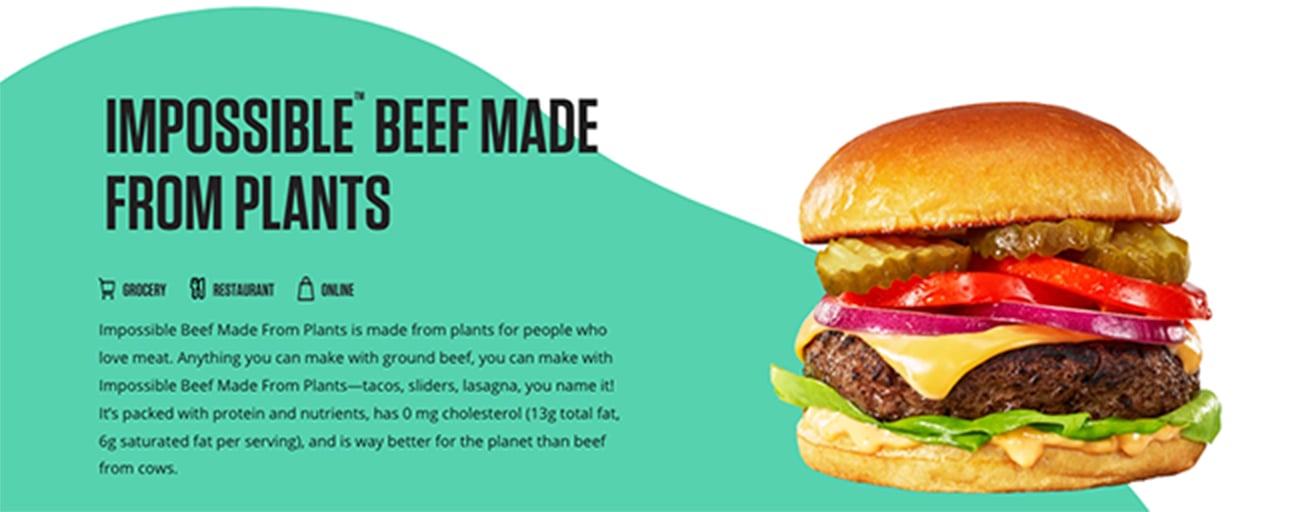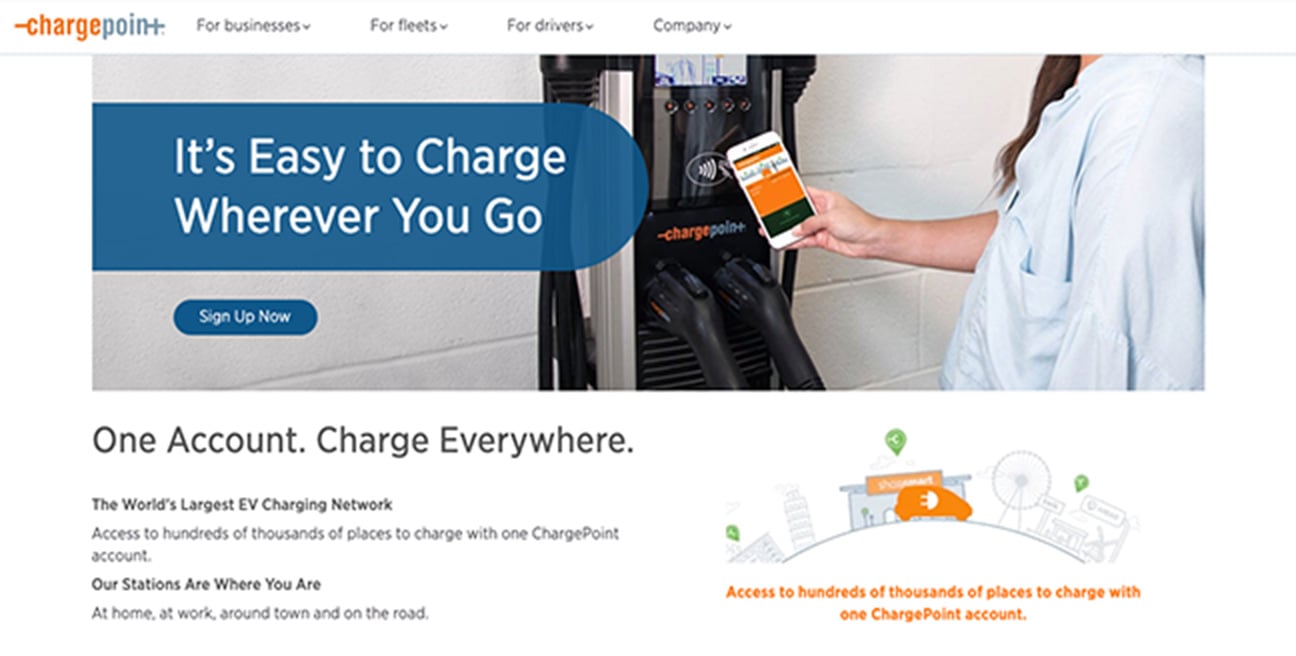
Innovation through Disruption: Changing Consumer Behavior in Traditional Categories
December 2022
Disruption is not a gimmick; it is a survival strategy—and it is a tool that savvy brands may wield to change how consumers perceive and interact with their product or service. Naturally, many brands strive to differentiate themselves through some manner of ownable innovation, but true disruption is distinct in the totality of its impact. Disruption affects more than purchasing decisions—it changes purchasing behavior within the greater category or industry. For example, the first hybrid electric vehicles marked an achievement in innovation within the automotive industry, but they didn't change the way consumers interact with the industry as a whole.
Some clear commonalities appear when considering some of the better-known industry disruptors, but the one thing that unites all truly disruptive brands is the industry-level change they instigate. Innovative, revolutionary products and compelling, engaging messaging strategies are undeniable components, but they're only a part of the story.
Delivering Disruption—GoPuff
GoPuff needed a new approach to survive in the increasingly crowded food delivery category. Unlike competitors, the brand delivers directly to consumers from its warehouses, circumventing retailers and restaurants entirely. However, GoPuff’s true innovation lies in its complete integration of platform and product, enabling them to intelligently respond to consumer demands. In other words, they learn what consumers want, and they make sure they have it stocked nearby to facilitate quick delivery.
GoPuff has leaned heavily on this benefit in its marketing campaigns. The convenience and affordability offered by their platform set them apart—and position the brand as an affordable alternative to physical shopping.

Changing Consumer Appetites—Impossible Foods
Impossible Foods did the impossible by marketing its plant-based meat substitutes beyond the typical vegetarian and vegan markets. In so doing, the organization hoped to change meat-eating consumers’ attitudes toward plant-based protein and to break down a traditional barrier to entry for plant-based foods: cost. While Impossible Foods’ products might not be any less expensive than some meat-based alternatives, the company has made a concerted effort to address pricing concerns, even partnering with retailers like Kroger to create store-brand products at a lower price point. As meat becomes more expensive and consumers continue to seek opportunities to make healthier choices at mealtime, Impossible Foods is poised to disrupt not just the fake meat category but the food industry as a whole—having reached a meat-consuming consumer base and removed significant barriers to entry.

Fueling Innovation—ChargePoint
Electric vehicle charging company ChargePoint set out to solve one of the greatest challenges facing EV drivers today: slower “refueling” times compared to traditional gas-powered vehicles, a reality that has impacted adoption and created consumer hesitancy about using electric vehicles for longer journeys. ChargePoint ameliorated these concerns by offering EV drivers the comfort of the familiar—namely, a traditional filling station model. By establishing a network of fast-charging stations and allowing consumers to pay for their charge with an app or credit card, ChargePoint has replicated the familiar, convenient fueling experience within the world of electric vehicles and changed the way EV drivers think about—and use—their cars.

Not surprisingly, changing consumer behavior and revolutionizing an industry will always meet resistance. Any industry with deeply rooted practices will be particularly resistant to change. There are no guarantees consumers will know how to interact with an especially disruptive brand. As recent innovators have shown, sometimes the best way to disrupt is to remodel consumer behavior in one industry to fit an established pattern in another, to reach new consumers and provide stability.
Businesses that innovate for the sake of innovation, or overextend their ability to influence consumers’ behaviors, may struggle with longevity as soon as the next innovator comes along. Familiarity makes it easier for consumers to interact with—and support—the business and brand. Most importantly, disruptors must engage consumers on their terms, delivering a disruptive experience that truly exceeds its alternatives. Critically, this experience must be deeply rooted in and aligned with your overall brand purpose and built upon a strong data-driven understanding of your target audience. It is only through careful consideration of the brand experience from this perspective that brands can hope to meaningfully affect change in their market and category.
Let's Make Your Brand Matter
To learn more about this topic or to discuss an issue impacting your business, contact Bailey’s Vice President of Client Services, Jamie Gailewicz, at 610-818-3103 or email us at [email protected].



